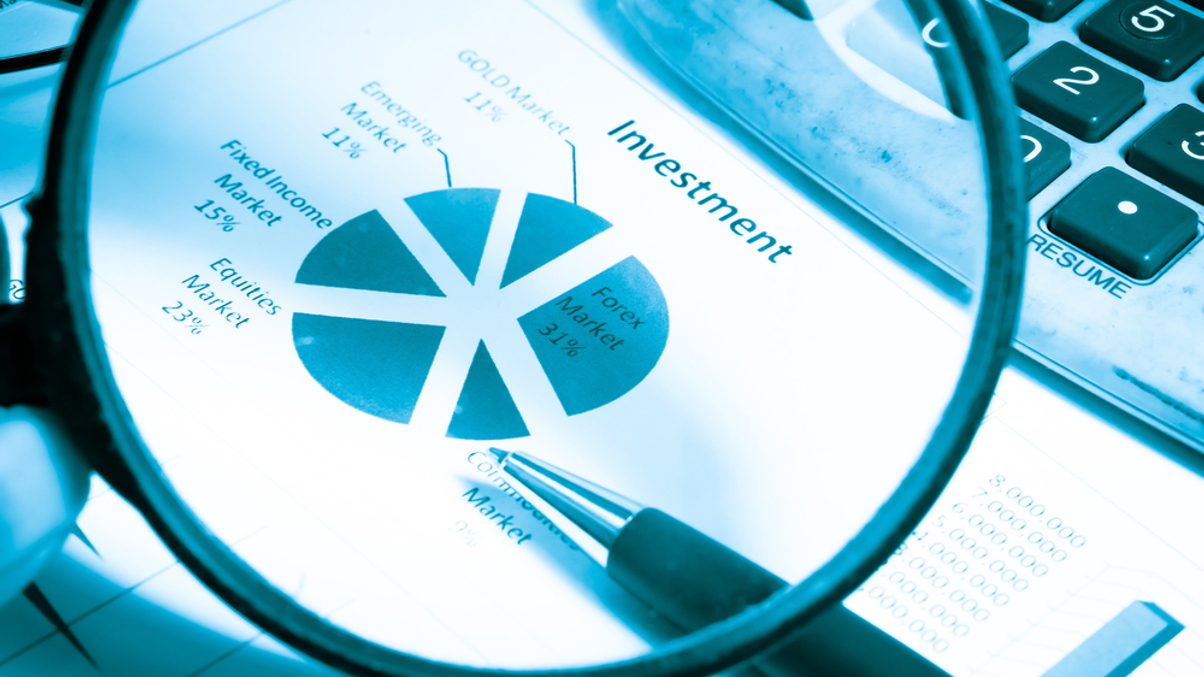Outlook 2023: Institutions ponder stagflation investing
Even as hopes grow that the developed world might be nearing a peak in the interest rate hike cycle, stagnating growth will pose challenges to asset allocators as they position portfolios for 2023.

Inflation. Recession. Stagflation.
Sign in to read on!
Registered users get 2 free articles in 30 days.
Subscribers have full unlimited access to AsianInvestor
Not signed up? New users get 2 free articles per month, plus a 7-day unlimited free trial.
¬ Haymarket Media Limited. All rights reserved.


